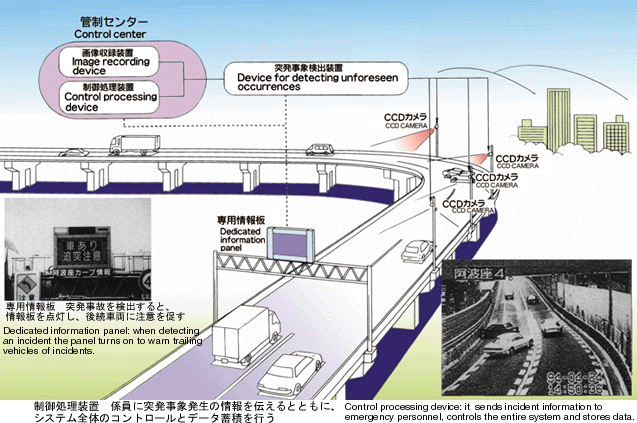
| Section 4 ITS toward Standard Deployment |
Incident Detection System |
In order to shorten the time, TV cameras were installed at Awaza curve, an irregularly-shaped section on the Hanshin Expressway, to process the image of disabled cars and vehicles involved in accidents and to automatically detect such vehicles. The system has succeeded in reducing to only two seconds the time required to provide information to trailing vehicles. Consequently, the ratio of secondary accidents, including rear-end collisions of trailing vehicles with vehicles involved in accidents, has been halved.

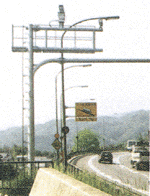 CCTV cameras watch for unforeseen occurrences like accidents 24 hours a day. |
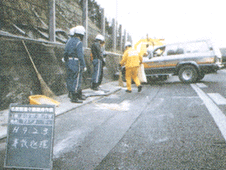 Trailing vehicles which collide into vehicles involved in accidents or congestion is a frequent occurrence the omega curve on the Meihan National Route(National Route 25). |
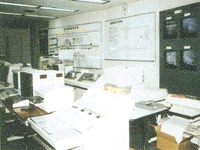 Unforeseen occurrences, such as accidents and congestion, are detected automatically and displayed on a control room monitor. |
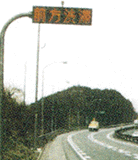 When accidents and congestion occur, information is provided quickly for trailing vehicles through information panels. |
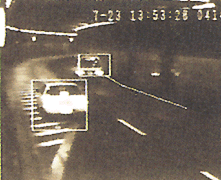 Screen displaying stopped vehicles |
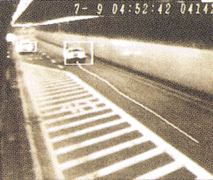 Screen displaying slow-moving vehicles |
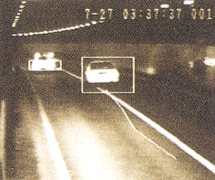 Screen displaying vehicles deviating from their lane to avoid an obstacle ahead |

